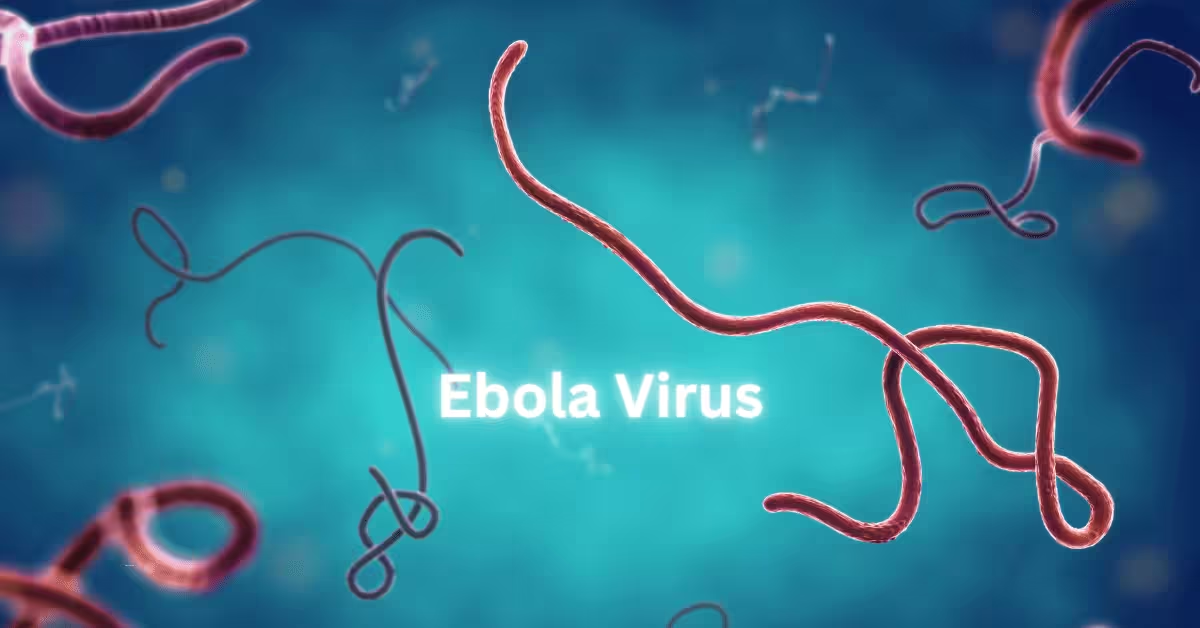The Ebola virus, first identified in central Africa in 1976, has claimed over 15,000 lives, with the majority of deaths occurring during a devastating outbreak in West Africa a decade ago. This outbreak began in Guinea and spread to Liberia and Sierra Leone, marking its 10th anniversary as of May 24, 2024.
Origins
Ebola is a viral hemorrhagic fever initially discovered in the Democratic Republic of Congo (DRC). Six species of the virus are known to affect humans: Zaire, Sudan, Bundibugyo, Reston, Tai Forest, and Bombali. Of these, Zaire has caused the most significant outbreaks, particularly over the last decade.
Transmission
The natural reservoir for Ebola is believed to be fruit bats, which do not show symptoms but can transmit the virus to primates and humans. Humans can contract Ebola by handling or consuming infected bats. The virus spreads among humans through contact with the blood, bodily fluids, secretions, or organs of an infected person. People become contagious once symptoms appear, and the risk of transmission peaks after death, posing significant dangers during funerals.
Symptoms
Ebola’s incubation period ranges from two to 21 days, after which symptoms such as high fever, weakness, severe muscle and joint pain, headaches, and a sore throat develop. These initial symptoms are often followed by vomiting, diarrhea, skin eruptions, kidney and liver failure, and internal and external bleeding. Survivors may experience long-term issues like arthritis, vision, and hearing problems.
Vaccines and Treatment
Two vaccines, Merck’s Ervebo and Johnson & Johnson’s Zabdeno, are approved for the Zaire Ebola strain. These vaccines helped curb the spread of the virus during a 2021 outbreak in DRC. Ervebo has been shown to halve the risk of death from Ebola, even if administered shortly before symptoms appear. For treatment, the WHO recommends Inmazeb and Ebanga for the Zaire strain. No approved treatments or vaccines exist for the Sudan strain, although new vaccine candidates were developed and trialed in Uganda following a 2022 outbreak.
Worst Outbreaks
The deadliest Ebola outbreak began in December 2013 in southern Guinea and spread to Liberia and Sierra Leone, killing over 11,300 people. The second-largest outbreak occurred between 2018 and 2020 in DRC’s North Kivu province, resulting in nearly 2,300 deaths. DRC has faced over a dozen Ebola outbreaks since the 1970s, with the latest occurring from April to July 2022, claiming five lives. In January, Uganda declared an end to its most recent Ebola epidemic, which caused 55 deaths.
This comprehensive overview underscores the persistent threat posed by the Ebola virus and highlights the critical importance of ongoing research, vaccination, and treatment efforts to combat this deadly disease.
Must Read
- 13 Foods That Promote Mental Clarity in 2024
- The Power of Self-Compassion: Learning to Love Yourself in 2024
- How to Practice Mindfulness Anywhere in 2024
- Coping with Stress: Practical Tips for Daily Life in 2024
- Overcoming Panic Attacks: Strategies That Work
- Understanding Depression: Causes, Symptoms, and Treatments in 2024
- 7 Effective Ways to Boost Your Mood Instantly
- The Ultimate Guide to Managing Anxiety Naturally in 2024
- How to Reduce Mental Stress at Home in 2024: A Comprehensive Guide
- 10 Essential Facts about Body Dysmorphic Disorder in 2024
- Breaking the Stigma: Mental Health Awareness in 2024
- birds flu: who gets it, how can it spread, and how can we avoid it?
- Building Resilience: How to Bounce Back from Adversity in 2024
- Strategies for Better Sleep: Improving Your Sleep Hygiene in 2024
- Coping with Grief and Loss: Finding Solace in 2024
- Coping Strategies for Managing Anger in 2024
- 10 Surprising Health Benefits of Everyday Foods
- The Truth About Carbohydrates: Myths vs. Facts in 2024
- The Ultimate Guide to Natural Remedies for Common Ailments
- Effective Communication Skills: Enhancing Relationships
- The Art of Relaxation: Unwinding After a Busy Day
- COVID-19 and Eye Health: How the Virus Affects Vision

